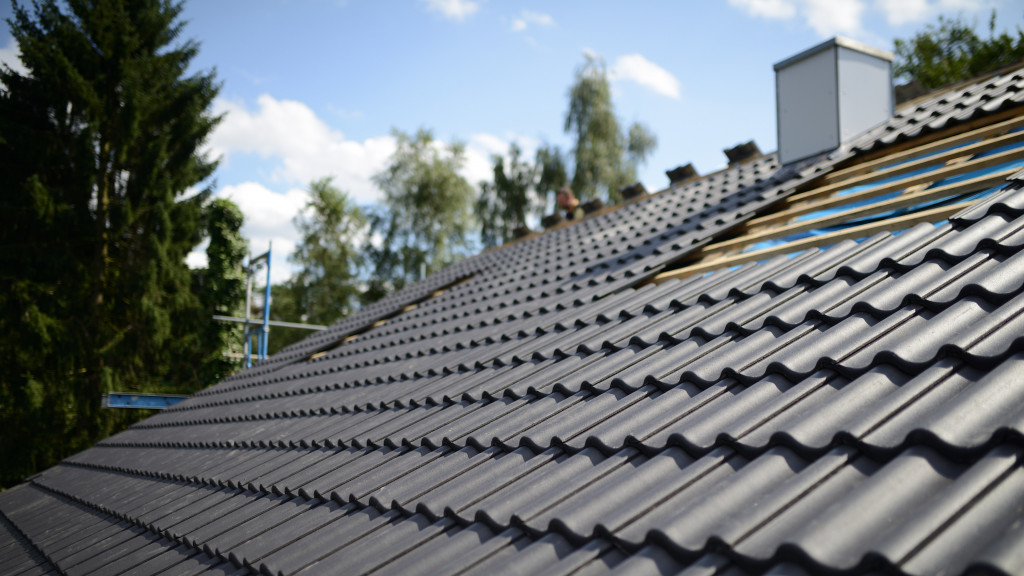Normally, roofs are designed to last an individual’s lifetime (20 to 70 years), depending on the building material used. But most homeowners and contractors have to keep in mind that it’s not just a certain material’s durability that will come into play when it comes to lifespan. Lifespan is affected by various environmental factors, such as the weather condition of the area that your home is situated in.
There’s a reason why “placing a roof over our heads” is a basic necessity: it keeps much of the harsh elements away while keeping us comfortable. Not only does having a roof give us much-needed safety, but it’s also known for keeping much of the temperature that keeps us cozy. When it comes to having too much of something, there are bound to be repercussions, and the same can be said when it comes to maintaining the structural integrity of your home; too much insulation can cause damage to your roof.
While most roofing experts say that working on your roof during colder seasons like winter can damage your roof, working on your roof during hot temperatures or even exposing it to sweltering heat can also cause various roofing issues. It’s not just the heat that most homeowners have to worry about since moisture also has a drastic effect on your roof’s longevity.
But a bit of moisture and heat can’t hurt, right? The structural damage you get from temperature fluctuations and moisture can be quite subtle, and sometimes, you won’t know that it has already caused widespread damage to your roof until you’re already staring at a repair and replacement bill worth hundreds to thousands of dollars. Since we’re quite certain that nobody wants to spend an exorbitant amount of funds on repairs when damage can be prevented outright, here are some things that you should know about how humidity and temperature can affect your roof and your home.
How Does It Cause Damage?
Theoretically, almost anything can cause damage to your roof, but most would say that constant exposure to the sun can increase your roof’s overall temperature. When your roof is insulated, heat is retained, but moisture can easily cause problems for homes in warmer areas. An increased amount of humidity inside homes can make it more difficult for air to be cooled.
But it’s important to note that insulation is also quite important in a lot of cold areas, especially when heat needs to be retained. If you’re looking for roofing materials with the right balance of insulation and protection for your home or external structures like patios and gazebos, many versatile insulated roofing systems are known for keeping much of the internal temperature of structures cool and away from moisture damage.
Damage from High Temperatures
During the summer months, intense heat can cause problems to support beams made of flammable wood or metal supports with a high expansion coefficient. This can also cause most deckings and overhangs to expand and stretch, which can cause damage.
Normally, hot air tends to rise towards the attic and the upper levels of the house. If there’s no clear barrier between your roofing system, this could easily cause nails and fittings for shingles to loosen up, which can compromise your roof’s integrity when there’s a strong wind.
Damage from Moisture
Moisture can also slowly chip away at your roof’s integrity, especially since this can cause rotting in wooden beams. In most cases, moisture trapped on attics can also cause molds to form on rafters and joists.
Protecting Your Roof
You don’t necessarily have to make intricate renovations and developments when the following steps can be done to keep a good balance of temperature on your roof:
- Ventilation – One of the best ways of minimising heat and humidity is by having proper air circulation. However, you’ll need to have a professional install this system since your contractor will need to keep in mind key factors, such as your area’s weather condition and your home’s design.
- Maintenance – Timely repairs and maintenance can prevent even costlier damage to your roof and even replacements.
- Dehumidifiers – Some devices, like dehumidifiers, are placed in attics and other areas that might be prone to condensation. This helps remove the likelihood of moulds from forming.
There are a variety of ways of preventing moisture and heat fluctuation around your home’s structure and your roof. If you’re in doubt about what you can do to keep your roof in good condition, you might want to consider having a roof inspector or contractor into it for you.


